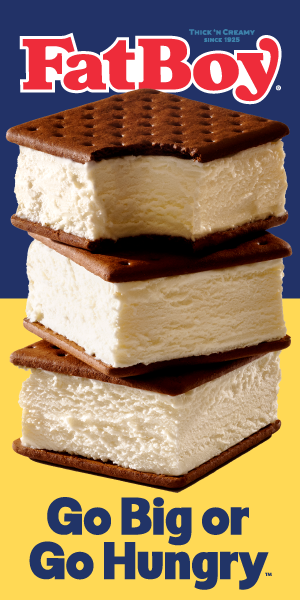HBCU Elitism
November 16, 2020
Historically Black Colleges and Universities (HBCU) hold and have held a significant role in the black community for generations. They have been the stepping stones that polished and groomed prominent leaders like Martin Luther King Jr., Ralph Abernathy, Oprah Winfrey, and Spike Lee. The problem lies that not every HBCU is on the same playing field. The elitism of certain HBCUs has become rampant in recent years, oppressing the equal playing field for all HBCUs.
HBCU campuses have been given the short end of the stick for generations compared to their predominantly white counterparts, so the fight to highlight these amazing institutions to people inside and outside of our communities is a must. The issue holding this movement back is the notion that the only relevant HBCUs are what some refer to as the “power eight”: Howard University, Florida Agricultural & Mechanical University, Tuskegee University, North Carolina Agriculture & Technical University, Hampton University, Southern University and Agricultural and Mechanical College, and Morehouse College.
The love and support for our family of historical colleges are cherished and symbolic to our community. For example, the famous Howard blue sweater is a staple of black empowerment in support of black centered education, being prevalent in the critically acclaimed “Us” film and Beyonce’s Netflix documentary “Homecoming,” a powerful nod to HBCU culture.
However, good intentions are sometimes met with bad execution, and I find that to be the case in the battle for highlighting our colleges. In an interview with Jordan Peele, director of “Us,” he spoke on the reason for including Howard and stated, “To display the Wilson’s family attachment to their blackness. Saying Howard is dope. Howard is iconic. It is one of these things that pops and represents the film.”
Yes, Howard is iconic and dope, but Howard is not the only HBCU. Neither is Spelman, Morehouse, or Tuskegee. While we all respect these institutions’ history and prestige, it is a slap in the face to the 100+ other HBCUs that rarely receive recognition or acknowledgment.
Since the midpoint of 2020 alone, nearly $200 million has been donated or funded to these “power eight.” Students from across the nation are realizing this and are fed up with this elitist attitude set in place by celebrities and the media. The sense that it is always the same institutions receiving the funding, scholarships, donations, and support, although there are officially 107 active HBCUs, is creating a sense of disrespect and ignorance.
There are a number of colleges underfunded and on the brink of losing their accreditation that is essentially begging for assistance just to survive. Since 1997, 15 institutions have closed to issues related to the rise in college costs, student loan crisis, and federal budget cuts. Notable universities include St. Paul University, Bishop College, Daniel Payne College, and Mary Holmes College are just a few. Then there are some who have lost their accreditation such as Bennett College, one of the last “for-only” women’s institutions, and Morris Brown College. Not only is this a fight for the HBCUs battling extinction, but the ones forgotten in the shadows.
Unfortunately, some of the blame must be placed on the alumni of these fine institutions. Many of them graduate and never look back. They do not give back to ensure the livelihood of their universities.
HBCUs need more support and generally compared to other schools; they are the ones that have taken on the historic mission of taking care of those who have less and those that have been discriminated against. These institutions groom people to be more culturally aware and intellectually sound. With alumni that contributed so heavily to the African American culture and societal progress, it is key we keep this symbolic powerhouse for education afloat, and afloat for all the 107 historically black institutions.







